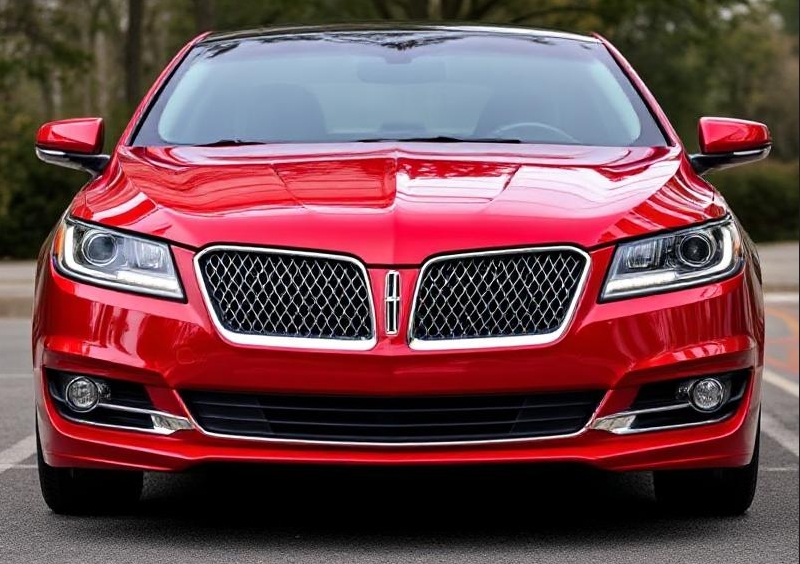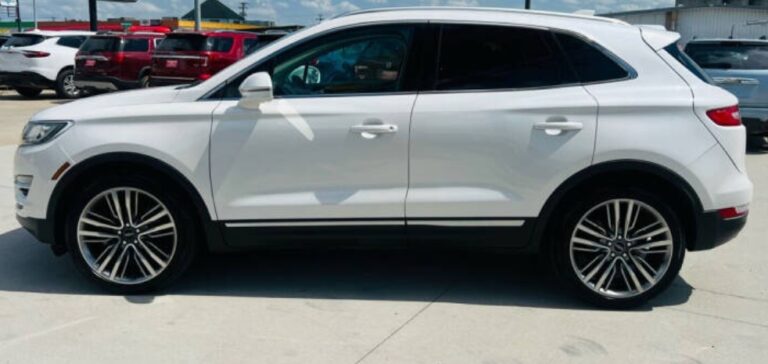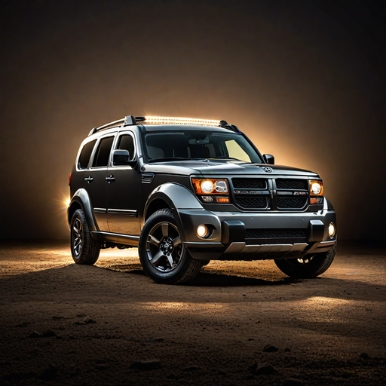The Evolution of the Lincoln MKS: A Journey Through Luxury
Introduction
The Lincoln MKS, a full-size luxury sedan, made its mark in the automotive industry from its introduction in 2008 to its production end in 2016. Positioned as Lincoln’s flagship sedan, the MKS was designed to compete with established luxury brands including BMW, Audi, and Mercedes-Benz. Throughout its production run, the MKS underwent significant changes in design, technology, and features, improving upon its appeal to the modern luxury market. This article will trace the evolution of the Lincoln MKS, exploring its various model years, trim levels, and the innovations that characterized each generation.
1. The Debut: 2009 Lincoln MKS
The Lincoln MKS was introduced to the market in 2008 as a 2009 model. Built on the Ford D3 platform, the MKS drew design inspiration from the Lincoln MKR concept vehicle. It featured a bold front grille, sleek lines, and a spacious interior—qualities that set the foundation for its identity as a luxury vehicle.
Trim Levels:
The MKS was initially offered in two trims: the base MKS and the MKS with the Elite Package. The base model came generously equipped with features such as leather upholstery, a premium audio system, and a panoramic sunroof. The Elite Package added upgraded elements like advanced navigation and additional driver assistance features.
Engine Options:
Under the hood, the MKS was powered by a standard 3.7-liter V6 engine that produced 274 horsepower. A more powerful 4.6-liter V8 engine was also available, generating 315 horsepower. The availability of all-wheel drive enhanced its appeal, particularly in regions with harsh weather.
2. The First Refresh: 2010-2012 Lincoln MKS
In 2010, the Lincoln MKS received several updates that refined both its performance and aesthetics. These changes included enhancements in handling, safety features, and interior quality.
New Features:
The 2011 model year saw the introduction of the Lincoln SYNC system, allowing for seamless smartphone integration and improved infotainment capabilities. Additionally, the 2012 model offered advanced safety features such as adaptive cruise control and pre-collision assist.
Trim Levels:
Throughout these years, the MKS continued with the base and Elite trims, but the addition of the Technology Package in 2011 brought more sophisticated electronics and advanced sound systems.
Engine Update:
Ford also introduced a turbocharged 3.5-liter EcoBoost V6 engine, producing an impressive 355 horsepower. This engine option significantly boosted the car’s performance and was met with positive reviews from critics and consumers alike.
.

.
3. The Second Generation: 2013 Lincoln MKS
The Lincoln MKS underwent a substantial redesign for the 2013 model year, with a focus on modernizing its image and appeal. The design language was updated to fit with Lincoln’s evolving brand identity.
Exterior and Interior Design:
The 2013 MKS featured a more refined exterior with a striking new grille and sharper lines, creating a more upscale and sophisticated appearance. The interior was equipped with luxurious materials, enhanced seating options, and a redesigned dashboard.
Trim Levels:
The trim levels remained the same, but new options were introduced, such as the Lincoln MKS with the Limited Edition Package, which offered unique styling cues and exclusive features.
Tech Innovations:
The technological advancements continued with the addition of the MyLincoln Touch interface, which utilized a series of touch-sensitive controls to enhance the user experience. Voice-activated navigation and climate controls became standard features in higher trims.
4. Enhancements in Performance: 2014-2016 Lincoln MKS
The Lincoln MKS continued its production with minor modifications between 2014 and 2016, primarily focusing on enhancing performance and safety features.
Performance and Handling:
In 2014, the MKS was praised for improvements in ride quality and refinement. The 3.5-liter EcoBoost engine, now standard on higher trims, offered strong acceleration and enhanced fuel efficiency compared to its V8 counterpart.
Trim Levels and Packages:
The MKS lineup for 2014 included all-wheel drive options and various packages that catered to driver preferences. The MKS could be further customized with the addition of the Technology Package, which included automatic parking assistance, blind-spot monitoring, and more.
Final Model Year: 2016
The 2016 model year marked the end of the MKS production. Although it was essentially a carryover from 2015, it incorporated some last-minute refinements. The sales of the MKS were impacted by shifting market trends, particularly the increasing popularity of SUVs.
5. Legacy of the Lincoln MKS
Although the Lincoln MKS ceased production in 2016, its legacy continues to influence the brand and its vehicle offerings. The MKS helped set the stage for the redesign of Lincoln’s lineup, shifting towards more SUV-oriented models, reflecting consumer preferences. The Continental then emerged as the new flagship sedan for Lincoln, carrying forward some of the luxury elements pioneered by the MKS while adapting to new market demands.
Conclusion
The Lincoln MKS is a notable chapter in the history of luxury automobiles. From its debut in 2008 through its evolution in subsequent years, the MKS offered a combination of comfort, performance, and cutting-edge technology that mirrored the changing demands of the luxury market. With its various trim levels and rich feature set, the MKS aimed to compete with its rivals while delivering a unique American luxury experience. As the automotive industry continues to evolve, the legacy of the Lincoln MKS remains as a significant milestone in luxury sedans, informing the design and functionality of future models produced by Lincoln Motor Company.







